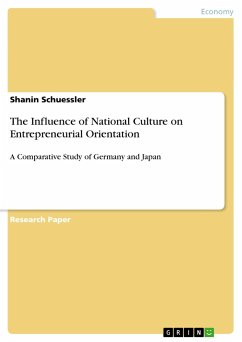Bachelor Thesis from the year 2012 in the subject Business economics - Miscellaneous, grade: 1.0, TU Bergakademie Freiberg (Chair for Intercultural Communication), language: English, abstract: This bachelor thesis is based upon the assumption that in case of a shrinking workforce supply in the scope of a possible skills shortage, employers would have to adjust their offers in order to attract job candidates. Although this topic already is already being paid widespread public and scholar attention, the thesis at hand is the first to include cultural aspects into the discussion. As the according public debate in Germany is focused on the MINT sector, the scope of the paper is limited to exactly this part of the labor market.The first part of the thesis deals with the question if there is a current or upcoming skills shortage related to MINT workforce on the German labor market.In the second part, there is a comprehensive introduction into the complex of culture in the scope of thisthesis to ensure a correct understanding of the following explanations. In the course of this introduction, it is explained in how far Hofstede's 5D model is related to scholars' job choice criteria. Afterwards, the occurrence of these criteria is examinated by a survey among MINT students at the author's university. Subsequently, the author makes an approach to draw recommendations for employers how to attract MINT scholars in order to cover their need for skilled staff.








